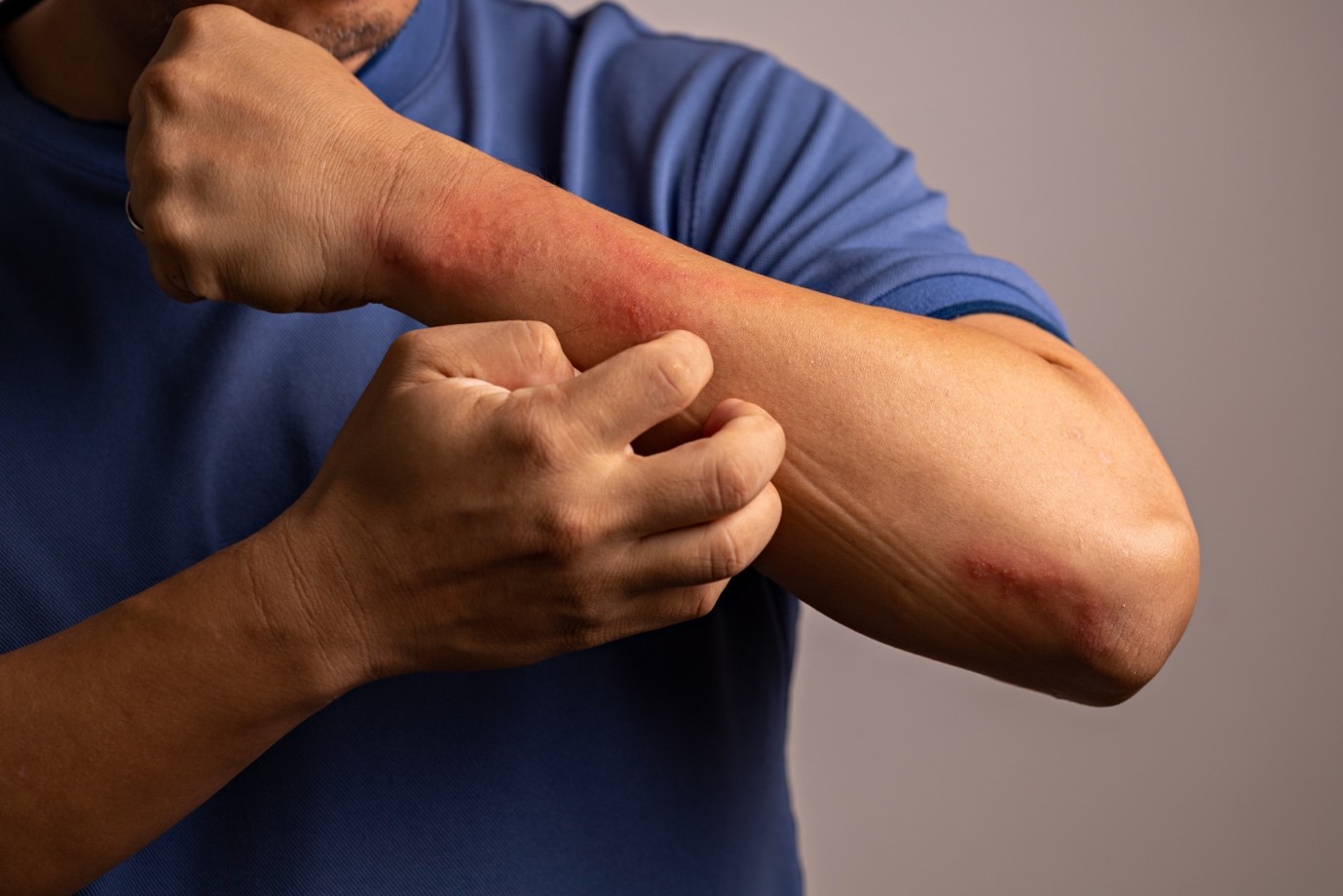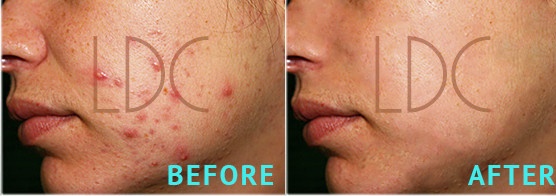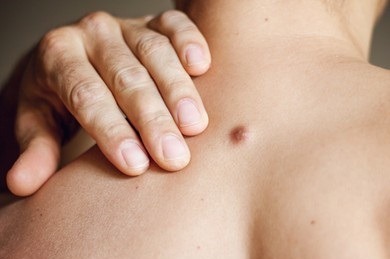Hyperhidrosis treatments have seen significant advancements recently, offering much-needed relief to those struggling with this often crippling condition. We’ll look at how to treat primary and secondary hyperhidrosis, identify commonly affected areas of the body, and explore the usefulness of…
Call Us Now
0207 030 3370
Lines Open: 9am – 9pm | Mon – SunAward Winning
5-Star Rated Clinic
5/5










